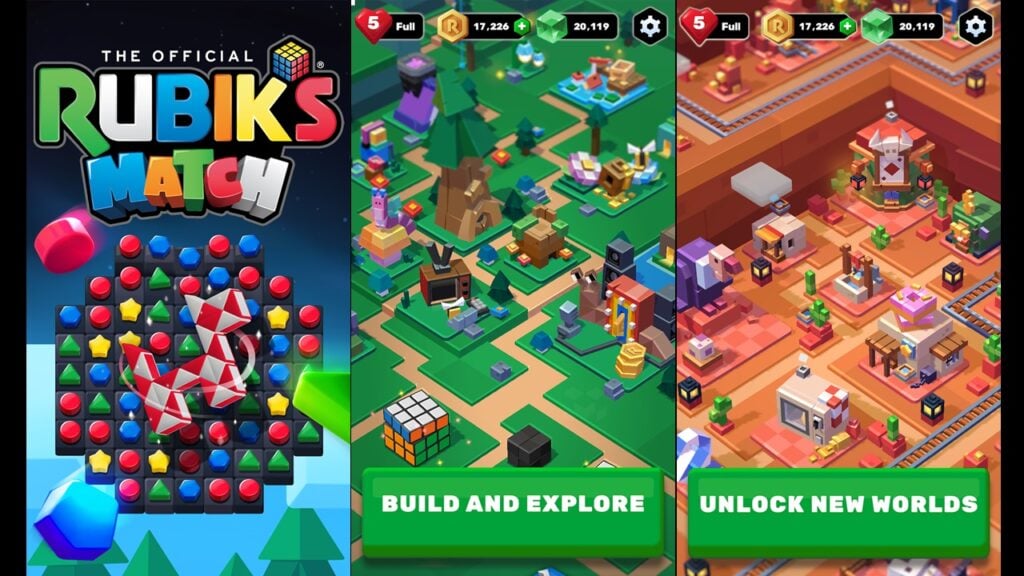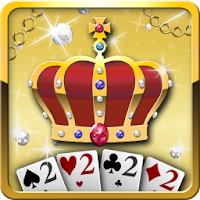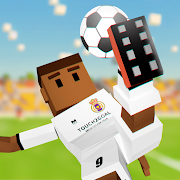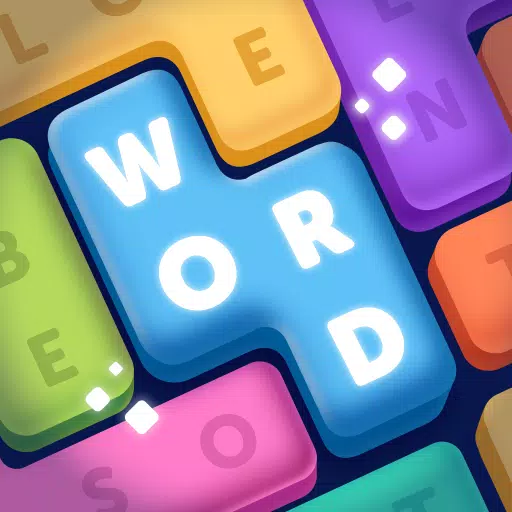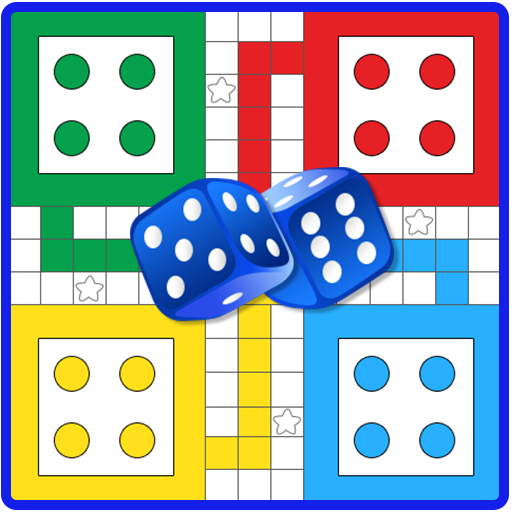Doom Ported to PDF: A Gaming First
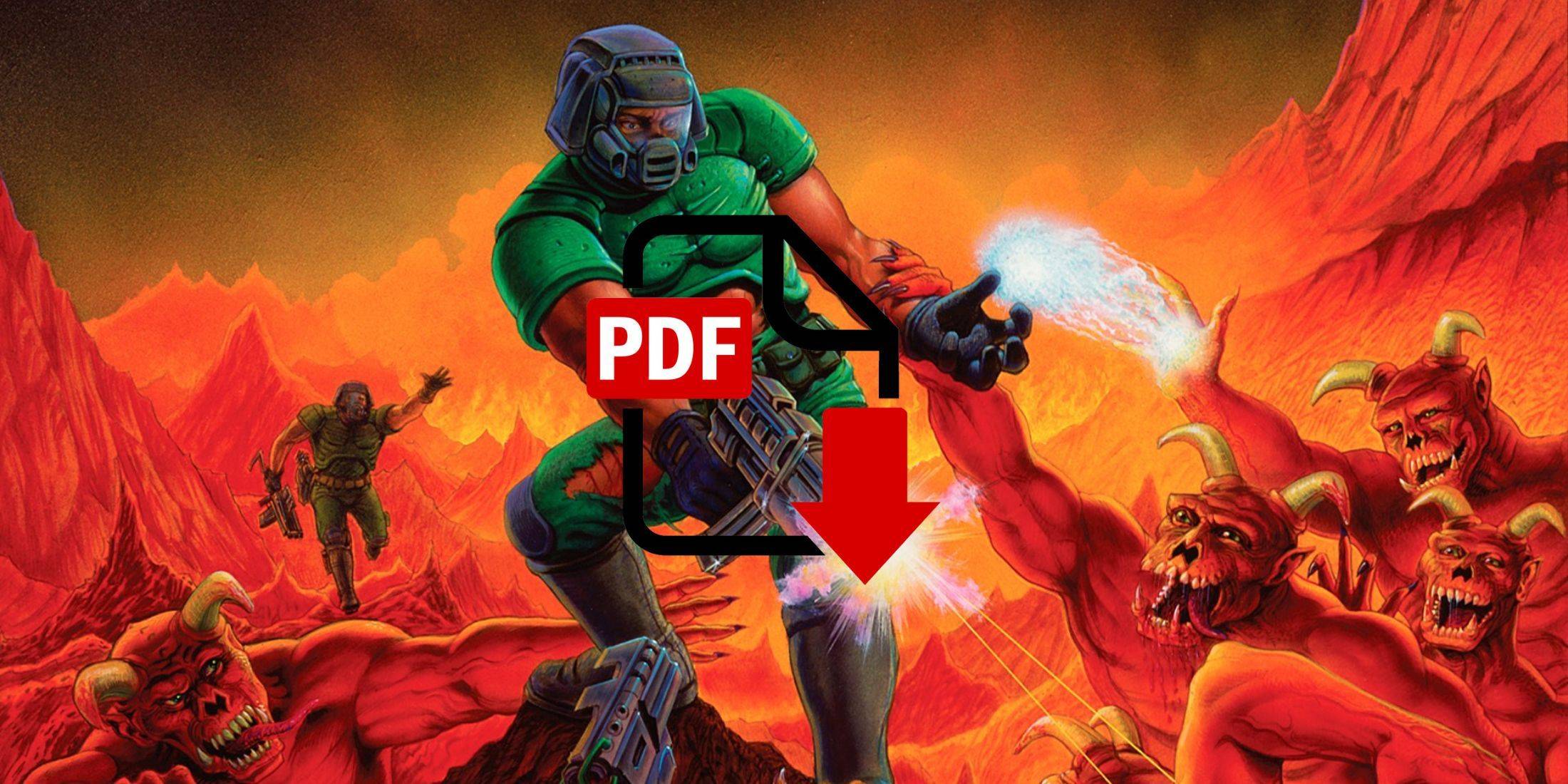
Summary
- A high school student has successfully ported Doom (1993) to a PDF file, offering a unique but slow gaming experience.
- Doom's small file size enables it to be run on unconventional devices, such as the Nintendo Alarmo and within other video games like Balandro.
- The continuous exploration of running Doom on various platforms underscores its lasting impact and relevance in the gaming world.
A high school student has taken the iconic game Doom (1993) to new heights by porting it to a PDF file, showcasing the game's enduring versatility. This innovative project adds to the myriad of unexpected devices on which Doom has been played, highlighting the game's adaptability and the creativity of its fans.
Developed by id Software, Doom is celebrated as a cornerstone in the first-person shooter (FPS) genre. Its influence was so profound that it inspired the term "FPS," and for years, similar games were often dubbed "Doom clones." The trend of running Doom on unconventional devices has become a playful yet remarkable phenomenon, with enthusiasts successfully playing the game on everything from refrigerators and alarm clocks to car stereos.
GitHub user ading2210, a high school student, has ingeniously ported Doom into a PDF file. By leveraging the PDF format's support for JavaScript, which enables 3D rendering and HTTP requests, ading2210 made this possible. However, due to Doom's 320x200 resolution, which requires thousands of text boxes per frame, the student opted to use one text box per screen row. This approach makes the game slow, with an 80ms per frame response time, and it lacks color, sound, and text, as demonstrated in a video shared by the creator.
High School Student Ports Doom (1993) to a PDF
The compact size of Doom, at just 2.39 megabytes, facilitates its porting to unconventional platforms. Recently, in November, a programmer managed to run Doom on the Nintendo Alarmo, utilizing the device's dials for movement and side buttons for menu navigation. Moreover, Doom has been integrated into other games, such as Balandro, where players experience the classic FPS across spread cards, albeit with noticeable performance issues similar to those in the PDF version.
These projects are less about playing Doom smoothly and more about exploring the creative possibilities of running the game on diverse platforms. More than 30 years after its release, Doom's continued relevance is a testament to its enduring legacy. As enthusiasts keep pushing the boundaries, it's likely that Doom will be ported to even more unusual devices in the future.
-
1
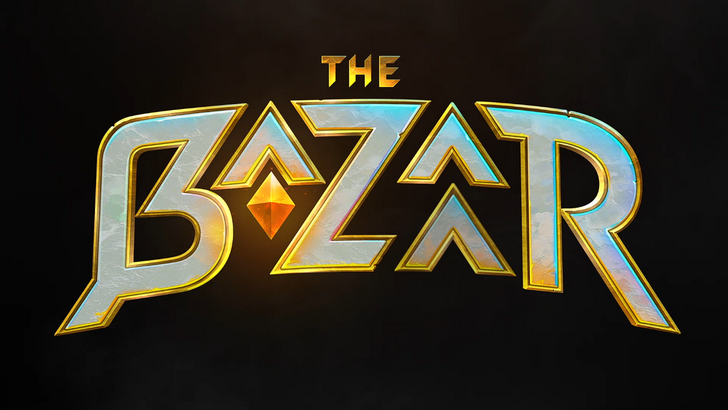
Announcing the Bazaar Release: Date and Time Unveiled
Feb 02,2025
-
2

Marvel Rivals Update: News and Features
Feb 19,2025
-
3

GTA 6 Release: Fall 2025 Confirmed
Feb 23,2025
-
4

Novel Rogue Decks Android Debut
Feb 25,2025
-
5
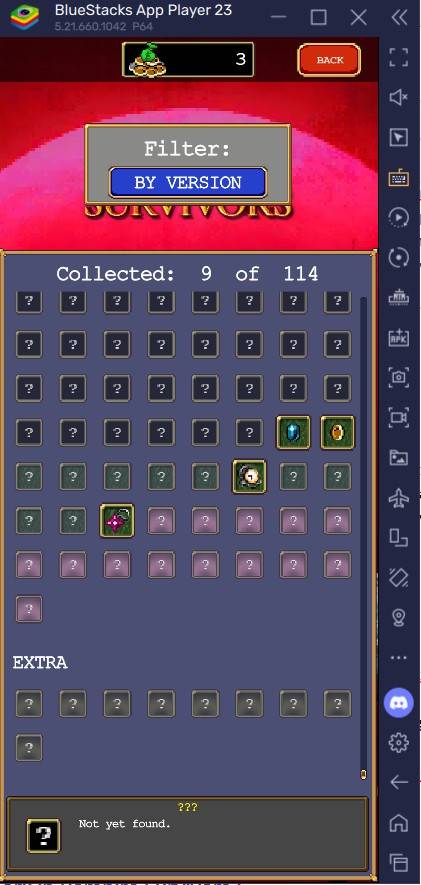
Vampire Survivors – Arcana Card System Guide and Tips
Feb 26,2025
-
6
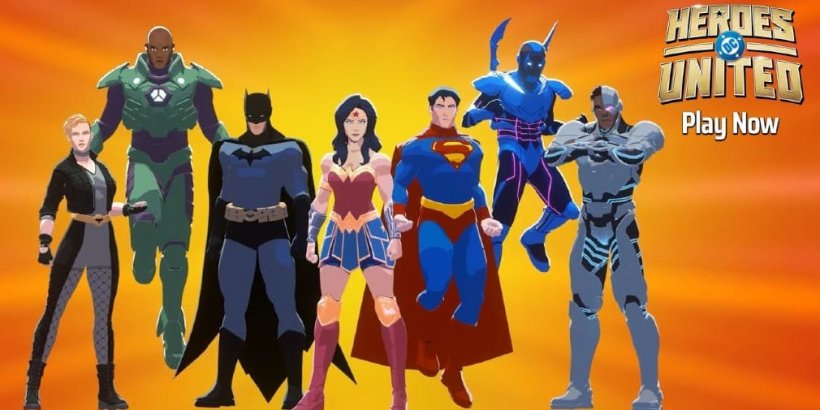
DC Heroes Unite: New Series from Silent Hill: Ascension Creators
Dec 18,2024
-
7
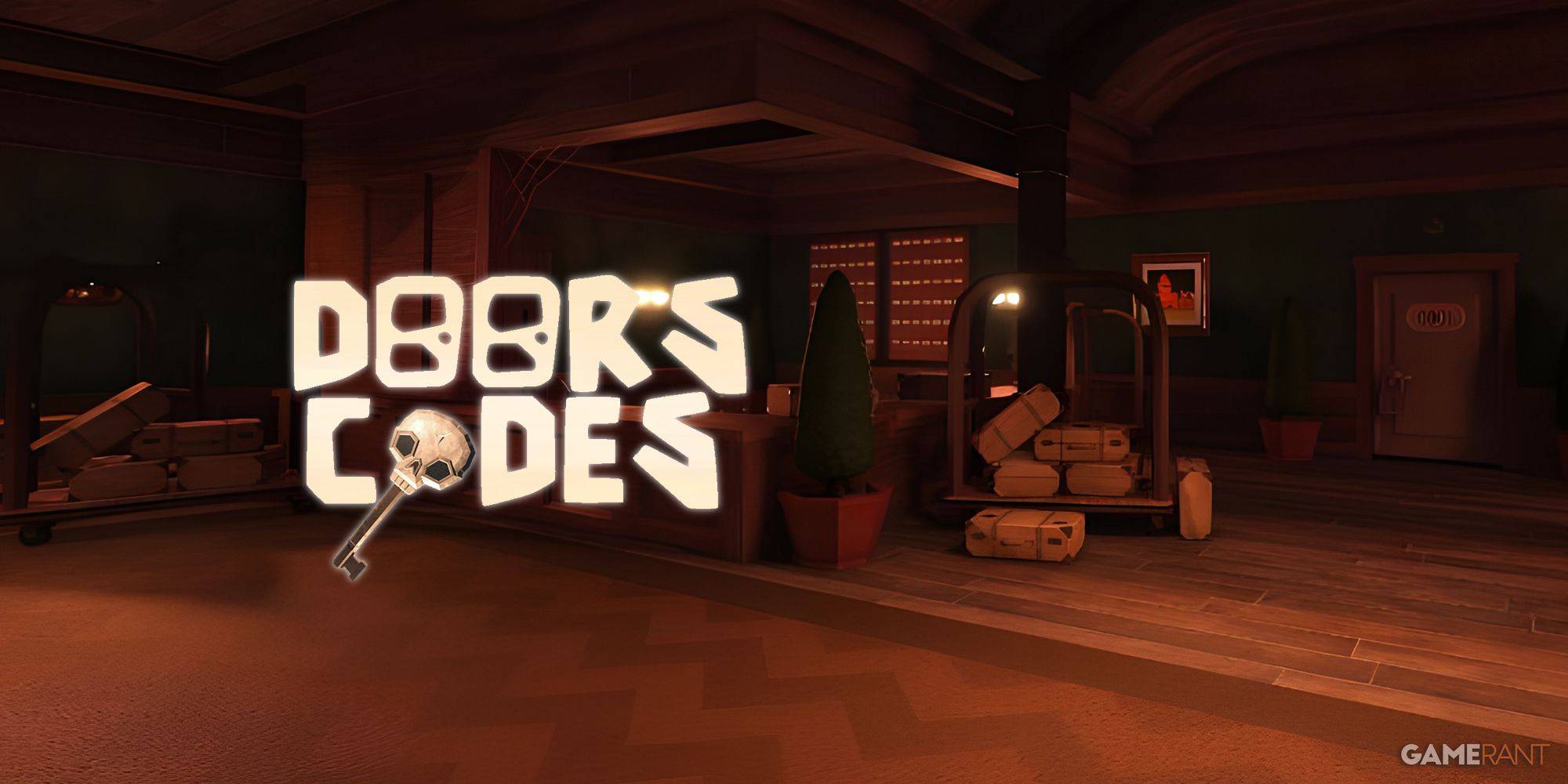
Get Exclusive Roblox DOORS Codes for January 2025
Feb 10,2025
-
8

Marvel Rivals Unveils Season 1 Release Date
Feb 02,2025
-
9

WWE 2K25: Long-Awaited Return
Feb 23,2025
-
10

Anime Fate Echoes: Get the Latest Roblox Codes for January 2025
Jan 20,2025
-
Download

Street Rooster Fight Kung Fu
Action / 65.4 MB
Update: Feb 14,2025
-
Download

Ben 10 A day with Gwen
Casual / 47.41M
Update: Dec 24,2024
-
Download

A Simple Life with My Unobtrusive Sister
Casual / 392.30M
Update: Dec 10,2024
-
4
Mega Jackpot
-
5
Day by Day
-
6
The Lewd Knight
-
7
Translate - Voice Translator
-
8
VPN Qatar - Get Qatar IP
-
9
Chewy - Where Pet Lovers Shop
-
10
Kame Paradise

